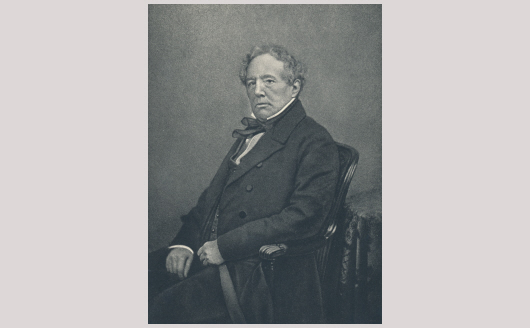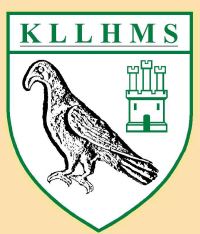John Dickinson and Papermaking in the Parish

John Dickinson
There are records of papermaking by hand in the parish of Kings Langley from the eighteenth century. In the parish Militia Lists from 1769 there are papermakers mentioned, sometimes as many as six in a List.
Covent Mill, which later became Frogmore Mill had been a flour mill, like all the mills on the Gade. In 1774 it was leased from Thomas Tower by a papermaker, Edward Holmes. He removed the milling equipment and converted the Mill to papermaking. In 1803 Henry and Sealy Fourdrinier leased Frogmore Mill from Christopher Tower. The Fourdrinier brothers with Bryan Donkin had developed a French papermaking machine, originally made in France by Nicholas Robert.
So the industrial revolution came to the area.
Apsley Mill
John Dickinson had a family connection with the Grover family, bankers in Hemel Hempstead. He had set up as a Stationer in London in 1804 and, in 1809, he acquired Apsley Mill from George Stafford. It had been a flour mill since the Domesday survey, but George Stafford had made hand- made paper there, during the second half of the 18th century. John Dickinson had purchased paper from him. Dickinson wanted to make paper by machine and the site was ideal with the new canal nearby for transporting materials and finished paper and the River Gade to provide essential water for the Mill. With George Longman supplying capital he set up the mill and a London Office at 63 Old Bailey.
[At that time Apsley Mill was actually in the area of Snatchup's End, the northermost hamlet in the parish of Kings Langley. Following the consecration of St Mary's Church in 1871 and the formation of a new parish, the Kings Langley boundary was moved to the south of Apsley Mill the area becoming known as Apsley End and consequently no longer part of Kings Langley.]
Nash Mill
After marrying Ann Grover in 1810, John Dickinson added Nash Mill to the business and they lived in the Mill House. Later he designed and had built Abbots Hill where the family lived until his death. Nash Mills had been converted to hand papermaking by A Blackwell in the eighteenth century. His name appears on the Militia lists. John Dickinson worked hard to perfect a machine which would make paper on an endless belt or endless web. This meant greater production and therefore more profit.
Of course the mills needed men and women to work the machines and sort and cut the rags used for making the pulp which was then made into paper. In 1823, 68 men worked at the mills. We have no record of names of women. By 1881, there were 215 men and boys and 256 women and girls at Apsley and 173 men and boys and 27 women and girls at Nash Mills.
Birchmore, Timberlake, Cashmore are some well known names at this time in the workforce.
In July 1826, Home Park Mill started production, mostly special card for Jacquard weaving for the factories in the North. Eventually when the railway came to Kings Langley in 1837, John Dickinson was influential in getting a halt established in 1842, known as Home Park Halt, later Kings Langley and Abbots Langley station.
The parish benefited from the patronage of the Dickinson family, notably by the gift of land for the first school building. The Longman family, who built Shendish House, were also generous benefactors to the Church and the village.
John Dickinsons became a household name for paper products throughout the world and so the valley of the Gade changed in 1800 to become the area we know today.
The Paper Trail, a national showcase for paper, its history and paper products exists on the site of Apsley Mill and Frogmore Mill, which is once again making paper from recycled waste paper on a regular basis.
This article by Jill Penwarden was previously published in the KLLH&MS Newsletter No 42 March 2004
Please also see
http://www.dacorumheritage.org.uk/industry.htm
http://www.hertfordshire-genealogy.co.uk/data/subjects/paper-making.htm
